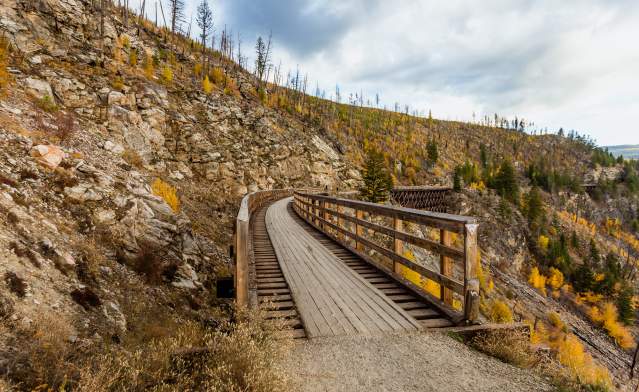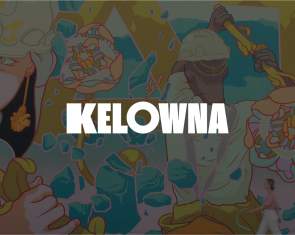Your browser is not supported for this experience.
We recommend using Chrome, Firefox, Edge, or Safari.
Kelowna’s history stretches back to time immemorial with the syilx Okanagan people, whose deep connection to the land continues today. European settlement began in 1859, agriculture flourished under Lord Aberdeen in 1893, and the city was officially founded in 1905, taking its name from the nsyilxcən word meaning "Grizzly Bear." Today, Kelowna’s past lives on through heritage sites, museums, and the orchards and vineyards that still thrive.
In 1859, European missionaries arrived, establishing a settlement that would grow over time. Father Pandosy, Father Richard, and Brother Surel set up a mission to serve Indigenous people, traders, and settlers. Today, three of the original buildings remain at the Father Pandosy Mission Provincial Heritage Site, offering a glimpse into this era of Kelowna’s history.
Recognizing the valley’s agricultural potential, Canada’s Governor General, Lord Aberdeen, purchased vast tracts of land in 1893, helping to shape Kelowna’s fruit-growing legacy. He also built Guisachan House, now a 2.4-acre heritage site.
Kelowna officially became a city in 1905, with just 600 residents. Its name comes from the syilx Okanagan language, nsyilxcən, meaning "Grizzly Bear", inspired by an early settler’s encounter with local Indigenous people.
Today, Kelowna is home to over 220,000 people and a rich history preserved in museums, heritage sites, and the orchards and vineyards that continue to thrive across the region. See fascinating exhibits in the Wine Museum, BC Orchard Industry Museum, the Kelowna Museum and the Military Museum.
Historic Westside Road
The trail between Fintry and Nahun was the last remnant of the Hudson Bay Trail. It was used to travel between the two communities after the Shorts Point Post Office was closed. A rough…
Historic Sites
How did Kelowna, BC, get to be one of the nation’s most enchanting cities? Find out for yourself by taking a tour through Kelowna’s rich and diverse history.







